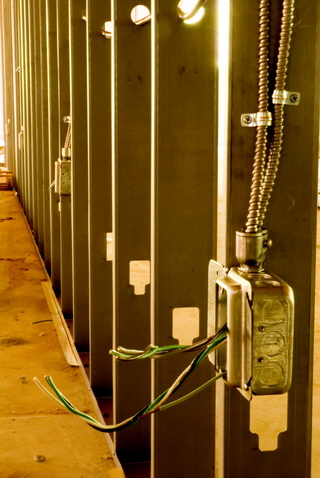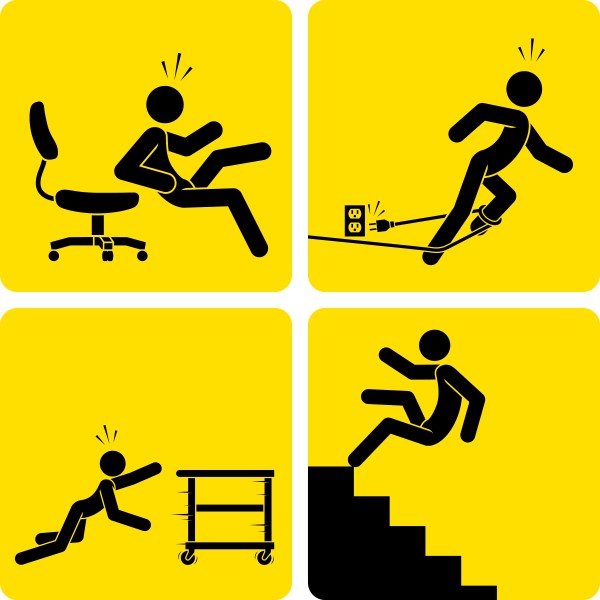
Is the Building “Up to Code”?
On the Scene E-Newsletter, Edition 131, January 26, 2011
 Whenever an accident occurs on a property, one of the first questions asked is, “Was this building up to Code?” This seemingly simple question can often have more layers than Shrek’s Onion. For instance, the riser heights on a stairway where there was a slip & fall measure too high for today’s building code. They obviously must not be compliant. But wait a minute, the house was built in 1903 before the building codes were even written, the stairs are okay. Hold on, the house was remodeled in 1975 and the stairs were refurbished during the remodeling. The building code was around in 1975, therefore, the stairs are not “up to code”. However, the state code didn’t adopt the national standards for riser height until 1984. The stairs are good. But, this residential house was converted to a dentist office in the nineties… we may have different standards for commercial use. Yes, but the neighborhood is a historic district, and this house is on a historic registry.
Whenever an accident occurs on a property, one of the first questions asked is, “Was this building up to Code?” This seemingly simple question can often have more layers than Shrek’s Onion. For instance, the riser heights on a stairway where there was a slip & fall measure too high for today’s building code. They obviously must not be compliant. But wait a minute, the house was built in 1903 before the building codes were even written, the stairs are okay. Hold on, the house was remodeled in 1975 and the stairs were refurbished during the remodeling. The building code was around in 1975, therefore, the stairs are not “up to code”. However, the state code didn’t adopt the national standards for riser height until 1984. The stairs are good. But, this residential house was converted to a dentist office in the nineties… we may have different standards for commercial use. Yes, but the neighborhood is a historic district, and this house is on a historic registry.
That’s alright. This may sound difficult, and maybe it was last century, but now-a-days we have the “Almighty Internet” and the “Google Gods”. If you give me a good web browser, I can find anything. But, it’s not quite that easy. Your Kindle™ isn’t going to be much assistance here. While most of the current building codes and a few historical ones are available online, the majority are not. Murphy’s Law is very prevalent in these situations. These codes not only have intricate chronological paths to follow, they also have difficult geographical hurdles. Different municipalities, townships, counties and states adopted different codes at different times. Hard copies of obsolete codes are often the only records available. Practicing engineers and architects horde the building codes they’ve accumulated over the years like the treasures they are. If an engineer doesn’t have the correct revision of the applicable code, it is not uncommon to have to travel to the local public library to research some cases.
There’s a reason “Was this building up to Code?” is one of the first questions asked. It’s one of the most important. As difficult as it can sometimes be to answer the question, it must be answered and it must be answered correctly. Only doing partial research and coming up with an incorrect or incomplete answer to this question can have devastating effects on your case. It’s critical that the engineer you hire to answer this question peels back the entire onion. CED has been doing this work for over twenty years. In that time, we have accumulated years of experience by our individual engineers.. While no two cases are ever the same, there are usually important lessons that can carry over from one to the next. CED engineers not only have their own experience to fall back on, but that of their CED colleagues as well. We’ve also accumulated impressive code libraries that save our engineers time and our clients’ money. Reaching back in our chair to grab a well worn volume can save hours of research and travel time.
For more information on CED or how we can assist you on your current or next case, please feel free to contact one of our case managers at casemanager@cedtechnologies.com or on the web at www.cedtechnologies.com.






